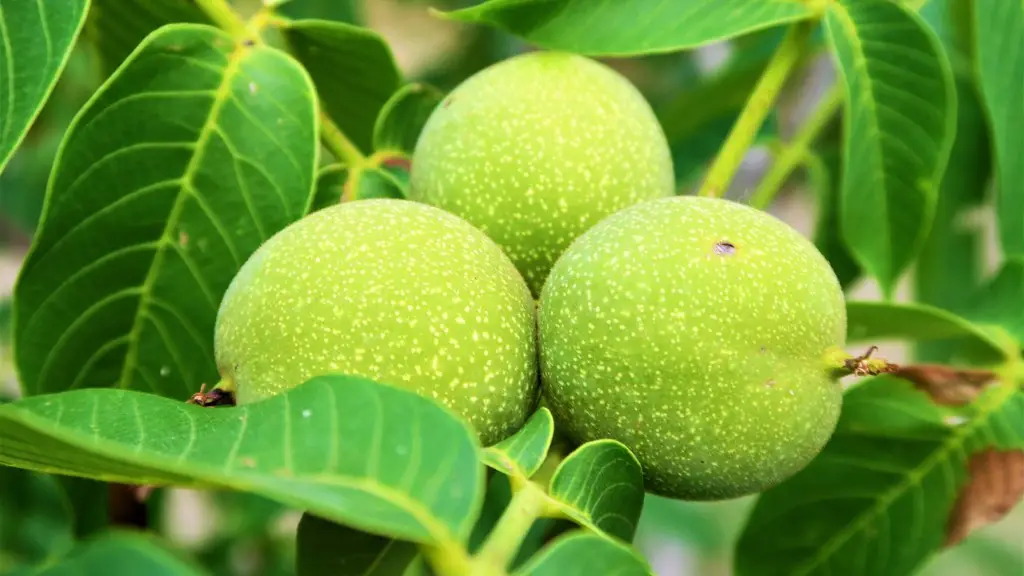Climate Requirements
Avocado trees are a subtropical species which has been successfully cultivated in many parts of the world. The Florida climate is generally well suited for avocado cultivation given the relatively moderate temperatures, average rainfall and soil conditions. The avocado tree is native to Mexico, Cuba and Bahamas, but has spread rapidly and is currently grown in many places around the globe. The tree requires temperatures between 50°F and 100°F should be met by the climate, and in Florida this is often the case. In addition, temperatures outside of this range may cause harm to the tree and should ideally be avoided if possible.
Soil Requirements
The soil that the tree is planted in must be fertile, well-draining and moist. If the soil is too dry or too wet, it can be difficult for the tree to survive, so selecting the right soil conditions is essential for successful cultivation. Compost should also be added as this will help to ensure a balanced soil environment and also provide essential nutrients for the tree. Additionally, the soil should be tested for pH levels to ensure that the tree has the appropriate conditions for growth.
Cultivation
Once the appropriate climate and soil conditions have been established, cultivation of the avocado tree can begin. The tree should be planted in a sunny location and be spaced far enough apart so that they are not competing for resources. If the tree is grown in a pot, the pot should be checked regularly to ensure that it has adequate drainage and that the soil is not becoming overly dry. The tree should also be pruned carefully to keep the canopy of the tree open and to encourage more light to reach the lower leaves. Irrigation should also be provided to ensure that the tree is never without water and that the soil conditions remain optimal.
Fertilizer
Avocado trees require regular fertilization in order to support healthy growth. Organic fertilizers such as compost, blood meal and bone meal should be used to provide the tree with necessary nutrients and to help maintain pH levels in the soil. Additionally, organic mulches can be used to help retain moisture and to protect the roots of the tree from the elements.
Pest and Disease Control
Pests and diseases can significantly reduce the yields and quality of the avocado crop. To minimize these risks, the avocado tree should be monitored closely for any signs of pest or disease activity. If pests or diseases are found, immediate action should be taken to eradicate them as this will help to ensure that the tree remains healthy. Furthermore, proper sanitation and hygiene should be practiced on a regular basis as this will help to prevent the spread of pests and diseases.
Harvest and Storage
The avocado tree is a perennial crop that can yield a harvest for many years. When harvesting the fruit, the fruit should be handled carefully as the skin can easily be damaged. The fruit can be harvested when it is ripe and ready to eat. Avocado fruit can be stored in the refrigerator for up to several weeks to retain its freshness and flavor.
Additional Considerations
When growing an avocado tree in Florida, there are some additional considerations that should be taken into account. Firstly, caution should be taken when selecting a variety of avocado to grow as some varieties may not be suited to the particular growing conditions in the region. Secondly, it is also important to select a suitable site to grow the tree – one that is well lit with adequate drainage and access to water. Finally, it is also essential to provide ongoing care and maintenance to the tree to ensure optimal health and yields.
Long Term Costs
The costs associated with the cultivation and care of an avocado tree in Florida should not be underestimated. The costs associated with planting, fertilization, pest and disease control, irrigation and any additional materials or supplies can quickly add up. In addition, the costs of harvesting and storing the fruit should also be accounted for. The long-term costs should therefore be carefully weighed before deciding to cultivate an avocado tree in Florida.
Harvest Timing
In order to maximize the yields and quality of the avocado crop, careful consideration should be given to the timing of the harvest. It is important to ensure that the fruit is harvested in its prime; if left to over-ripen, the flavor and texture of the fruit can suffer significantly. The time of harvest can depend on the variety of avocado being grown, and so research should be undertaken before setting a harvest date.
Support Requirements
Avocado trees can grow to great heights and so will often require some form of support to ensure that the branches are not at risk of breaking. Sturdy stakes and ties can be used to provide support, and should be placed carefully amongst the branches. Additionally, a regular inspection of the tree should be performed to ensure that all the branches are securely fastened to the support system.
Pruning
Regular pruning of the avocado tree will help to ensure that the tree does not become overly large and that it can take the full benefit of available sunlight. Pruning should be undertaken on a regular basis and should focus on removing any dead and diseased branches, as well as shaping the canopy to ensure that light can penetrate the lower leaves. Additionally, pruning can help to limit the number of fruit that the tree is carrying, as a heavier crop can cause branches to break.
